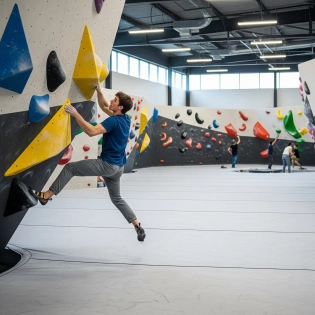
Is climbing good for posture?
Climbing can have both positive and negative effects on posture. On the positive side, climbing can help improve your posture by strengthening the muscles that support good alignment. The act of climbing engages various muscle groups, including the back, core, and shoulders, which play a significant role in maintaining proper posture.
By strengthening these muscles, climbing can help you develop a more stable and upright posture. It can also enhance body awareness and control, which can further contribute to better posture both on and off the climbing wall.
However, it's important to note that climbing alone may not be sufficient to address all aspects of posture. Other factors, such as daily activities, work ergonomics, and lifestyle habits, also influence posture. It's crucial to maintain a balance between climbing and incorporating exercises that target the muscles involved in posture, including the upper back, neck, and core.
Additionally, certain climbing positions or techniques, especially if done with poor form or excessive strain, can put stress on the shoulders, neck, and lower back. This can potentially contribute to postural imbalances or discomfort. It's important to be mindful of your body mechanics, maintain proper form, and listen to your body's signals to avoid any negative effects on posture.












